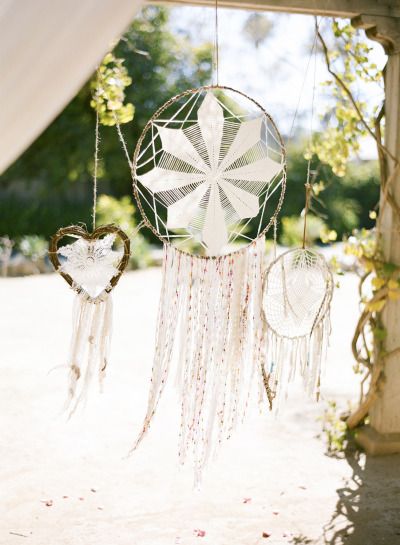Indigenous Made Dream Catcher
Article Origin
Designed by our ancestors thousands of years ago out of natural materials, and connecting traditional footwear with our contemporary lifestyle.
- I don’t know how to word it but like not a culturally-appropriated dream catcher, if there’s a place in Toronto where I could buy an Indigenous-made one I would love that so much! I saw an Instagram reel recently about buying authentic dream catchers instead of other ones and it really made me want to go out and get one!
- Native American cultures believe that both good and bad dreams fill the air at night. The dreamcatcher acts like a spider's web by trapping the bad dreams or visions while allowing the good ones to filter through. The bad dreams caught in the web get destroyed when the sunlight of morning hits the dreamcatcher, while the good dreams filter down through the feathers and gently reach the sleeping.
Volume
Issue
Year


Page 19
Ten years ago one of the most popular and marketable Native crafts items was the dream catcher.
It is still popular, as evidenced by a Jan. 29-31 workshop at the Alberta Aboriginal Head Start conference in Edmonton. It was run by Bev Longboat, the executive director at the Niwasa (Little Ones) Head Start Program at Six Nations Reserve near Brantford, Ont., and by Alice Noah, originally from Walpole Island, Ont., but now living in Fort McMurray.
As the legend goes, according to Longboat, 'there was a very special woman who was responsible for the children. Her name was Spider Woman, a name likely given as was customary in Indian tradition.
'Her job,' said Longboat, 'was to web these dream catchers and hang them above a baby's cradle board while the infant was sleeping. As its popularity increased, however, it proved too much for Spider Woman to take on because she could not travel from one location to another and try to look after all of the children.
'So, at that time, she passed the webbing (technique) down to the aunties, grandmothers and the mothers, to look after the webbing for the children and the young.'
The dream catchers were made of willow.
'The little opening at the centre of the web allowed the good dreams to pass through and filter down through the feather(s) hanging from the dream catcher, and into the dreaming minds of the children. It was another stage of life that a child went through,' explained Longboat.

In constructing the dream catcher, she continued, 'significant was the number of points where the sinew was wrapped around the willow.
'In the original story,' she stated, 'there were eight points for her eight legs. Still others used seven points for the seven grandfathers or the seven prophecies. Some used five for the five sky shapes, some have used 13 as signifying the moons and some used 28 for the lunar months.'
As for the shape of the original dream catcher, 'it was made in a circle ? a representation of the sun that travels across the earth.'
But, it's not uncommon to find them in a tear shape.
Indigenous Made Dream Catchers
'The traditional dream catcher,' she added, 'was between three-and-a-half and five inches in diameter. Any larger, it loses its significance, its traditional value or you could say, the power of the dream catcher itself.'
Over time, things about the dream catcher have changed. Things were added to it.
Noah mentions the significance of the three beads that were woven into a dream catcher. 'The three beads stand for our three fires ? the Potowotami, Ottawa and Chippewa Nations. So, when I do crafts, I put three of them on my work.'
While the number of feathers attached to a dream catcher may vary, some crafts people only use one to symbolize knowledge or wisdom.
'It's entirely up to you on how many you add on,' said Longboat. 'Just about everything you put on there has a significance, depending on the person doing the webbing.'
But before picking any willow(s), one should make a tobacco or cloth offering to the spirit world.
Indigenous Made Dream Catchers
- 12411 views